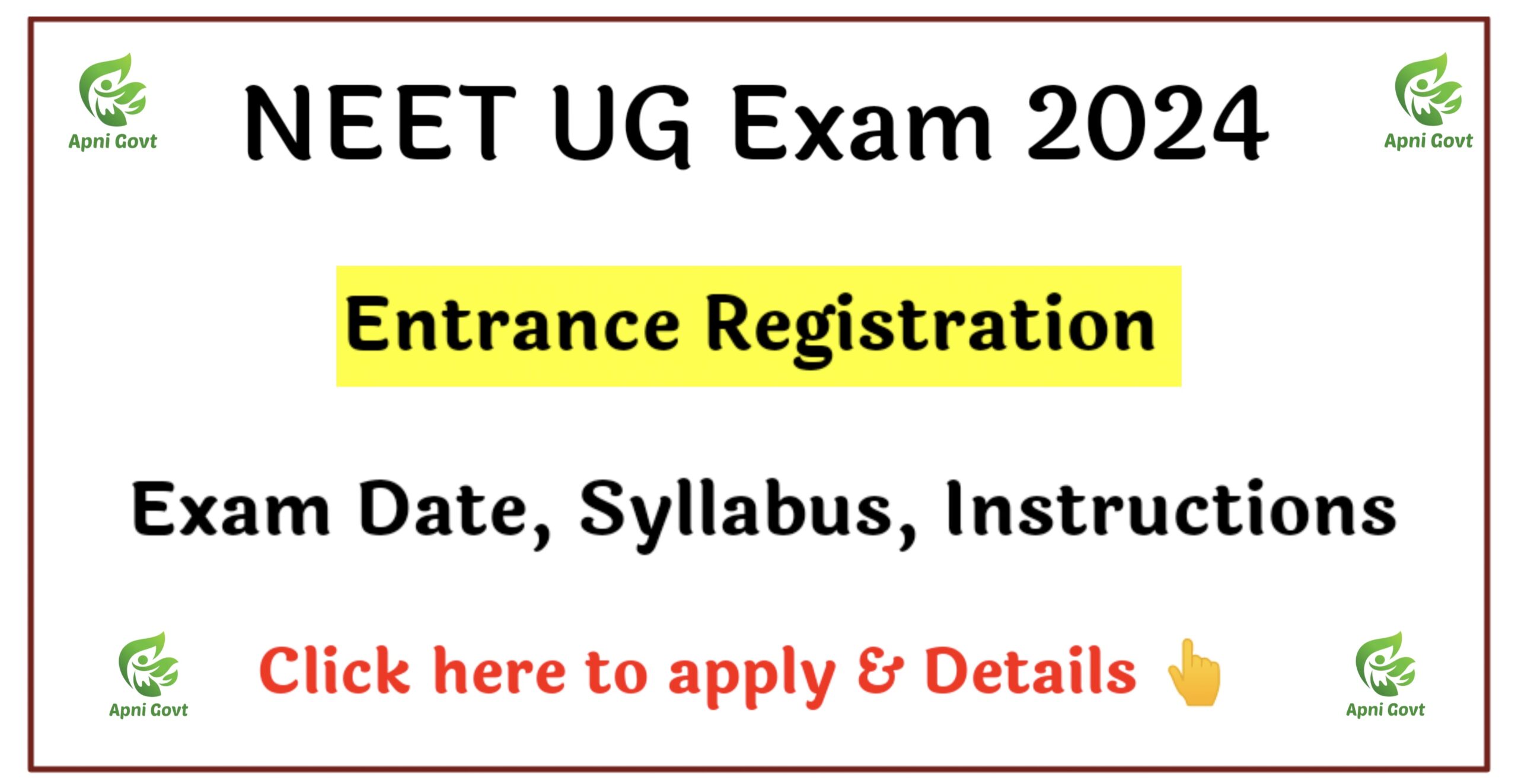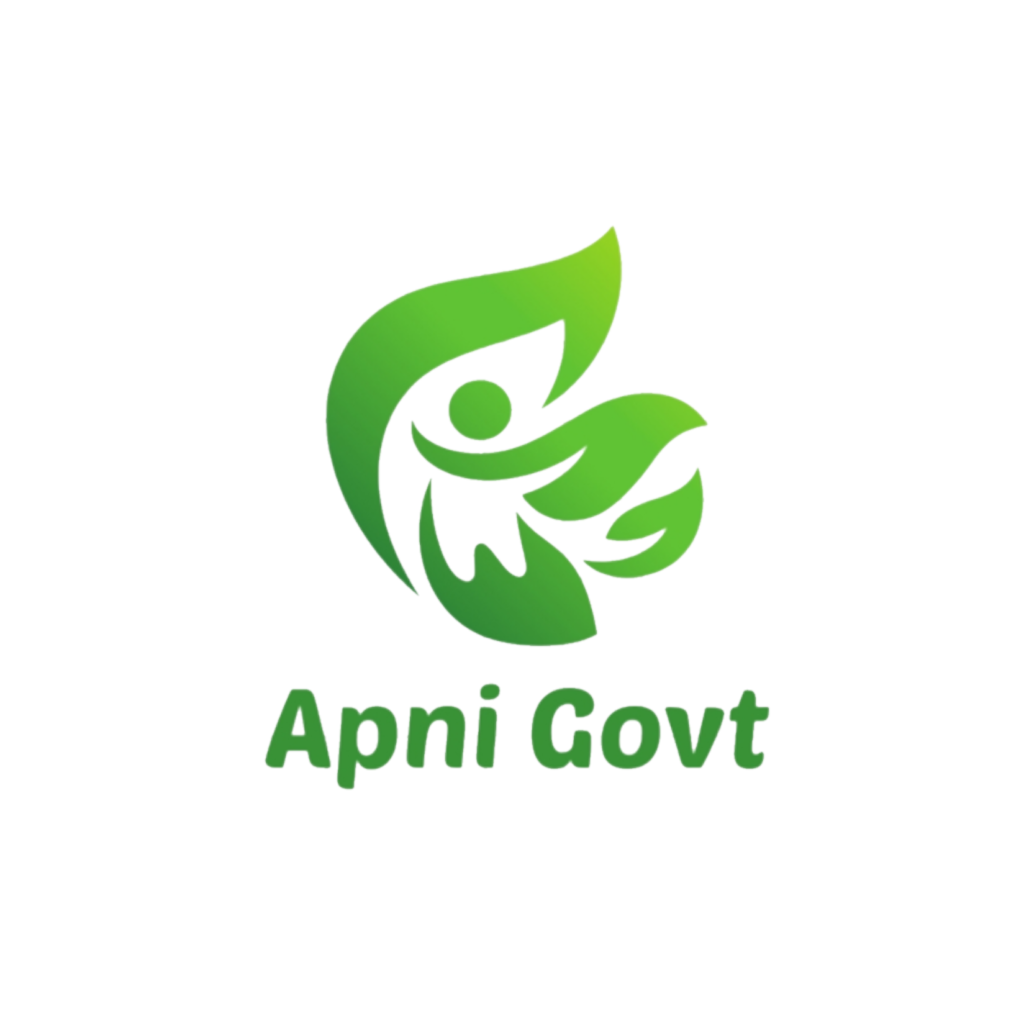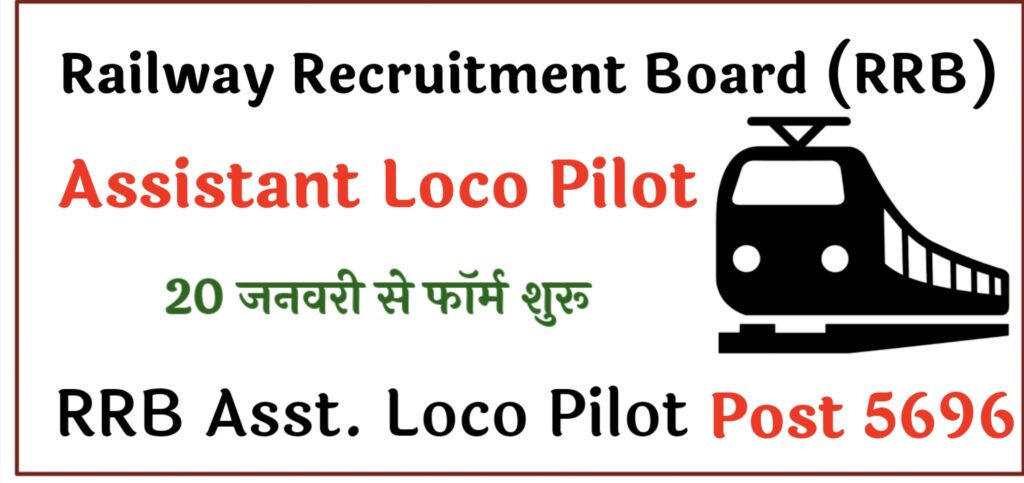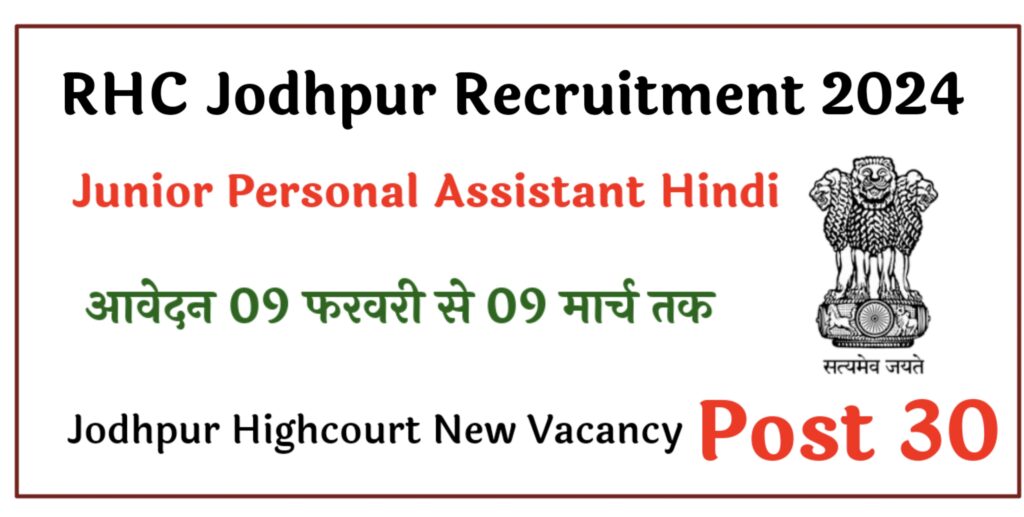This exam Conduct by National Testing Agency
Online Application Form for (NEET (UG) 2024 –Reg. Exam Form start From 09.02.2024 -09.03.2024 / Only PCB Student Can Apply This Form/ Examination Date 05.05.2024/

NEET UG Exam 2024 Registration Form ApplyNEET UG EXAM IMPORTANT DATES |
|
| Registration Date | 9 February 2024 – 9 March 2024 |
| NEET Application Correction Date | March second Week |
| Admit Card Date | Aprail 4th week 2024 |
| Exam Date | 5 may 2024 |
| Answer Key Release | June 2024 |
| Result Date | 14 June 2024 |
| Official Website for All Updates | Apnigovt.com |
| NEET UG NEW Registration | Click Here |
| NEET UG Already Registered Login Here | Click Now |
NEET UG EXAM Elegibility
|
|
NEET UG EXAM Age Limit
NEET UG EXAM Fees
|
How to Apply NEET UG Form
- Candidates can apply for NEET (UG) – 2024 through the “Online” mode only through the
website https://exams.nta.ac.in/NEET - Submission of the Online Application Form may be done by accessing the NTA website
https://exams.nta.nic.in/NEET. The Application Form in any other mode will not be accepted. - Only one application is to be submitted by a candidate.
- Candidates must strictly follow the instructions given in the Information Bulletin and on the NTA
website. Candidates not complying with the instructions shall be summarily disqualified. - Candidates must ensure that the e-mail address and Mobile Number provided in the Online Application
Form are their own or Parents/Guardians’ only as all information/ communication will be sent by NTA
through e-mail on the registered e-mail address or SMS on the registered Mobile Number only. - Candidates, who desire to appear in NEET (UG) – 2024, may see the detailed Information Bulletin available
on the website: https://exams.nta.ac.in/NEET
NEET Exam Pattern
- The Entrance Test shall consist of 200 multiple-choice questions (four options with a single correct answer)
from Physics, Chemistry, and Biology (Botany & Zoology). - 50 questions in each subject will be divided
into two Sections (A and B). - The duration of the Examination will be 200 minutes (03 hours 20 minutes)
from 02:00 PM to 05:20 PM (IST).
SYLLABUS FOR NEET (UG) – 2024
PHYSICS
UNIT I: PHYSICS AND MEASUREMENT
- Units of measurements. System of Units, , S I Units, fundamental and derived units, least count. significant figures, Errors in measurements , Dimensions of Physics quantities. dimensional analysis, and its applications.
UNIT 2: KINEMATICS
- The franre of reference, motion in a straight line. Position- time graph. speed and velocitl: Unifonn and non-uniform motion. average speed and instantaneous velocity. unilbrmlv accelerated motion. velocity-time, position-time graph, relations lor uniformly accelerated
motioir- Scalars and Vectors. Vector. Addition and subtraction, , scalar and vector products. Unit Vector. Resolution of a Vcctor. Relative Velocity. Motion in a plane, Projectile Motion. Unifbrm Circular Motion.
UNIT3: LAWS OF MOTION
- Force and inertia, Ne*’ton’s First law of motion: Momentum, Newton,s Second Law of motion, Impulses: Ne*ton’s Third Lar,v of motion. I-aw of conservation of linear momentum and its applications. Equilibrium of concurrent forces. Static and Kinetic flriction, larvs of friction. rolling friction. Dynamics of uniform circular motion: centripetal force and its applications: vehicle on a level circular road. vehicle on a banked road.
UNIT 4: WORK, BNERGY, AND POWER
- Work done by a constant force and a variable force; kinetic and potential energies. work-energy theorem, power.
The potential energy of spring conservation of mechanical energy. conservative and non conservative forces; motion in a vertical circle: Elastic and inelastic collisions in one and trvo dimensions.
UNIT 5: ROTATIONAL MOTION
- Centue of the mass of a two-particle system, Centre of the mass of a rigid body: Basic concepts
of rotational motion; moment of a force; torque, angular momentum, conservation of angular
momentum and its applications;
The moment of inertia, the radius of gyration, values of moments of inertia forsimple geometrical objects, parallel and perpendicular axes theorems. and their applications. Equitibrium of rigid bodies. rigid body rotation and equations ofrotational motion , comparison oflinear and rotational
motions.
UNIT 6: GRAVITATION
- The universal law of gravitation. Acceleration due to gravity and its variation with altitude and depth. Kepler’s law oi planetary motion. Gravitational potential energy; gravitational potential.
Escape velocity, Motion ofa satellite, orbital velocity, time period and energy of satellite.
UNIT 7: PROPERTIES OF SOLIDS AND LIQUIDS
- Elastic behaviour, Stress-strain relationship, Hooke’s Law. Young’s modulus, bulk modulus, modulus of rigidity. Pressure due to a tluid column; Pascal’s law and its applications. Effect of gravity on fluid pressure. Viscosity. Stokes’ law. terminal velocity, streamline, and turbulent flow.critical velocity Bemoulli’s principle and its applications. Surface energy and surface tension, angle of contact, excess of pressure across a curved surface, application of surface tension – drops, bubbles, and capillary rise. Heat, temperature, thermal expansion; specific heat capacity, calorimetry; change of state, latent heat. Heat tansfer conduction, convection, and radiation.
UNIT 8: THERMODYNAMICS
- Thermal equilibrium, zeroth law of thermodynamics, the concept of temperature. Heat, work, and
intemal energy. The first law of thermodynamics, isothermal and adiabatic processes. The second law of thermodynamics: reversible and irreversible processes.
UNIT 9: KINETIC THEORY OF GASES
- Equation of state of a perfect gas, work done on compressing a gas, Kinetic theory of gases – assumptions, the concept of pressure. Kinetic interpretation of temperature: RMS speed of gas molecules: Degrees of freedom. Law of equipartition of energy and applications to specific heat capacities of gases; Mean free path. Avogadro’s number.
UNIT 10: OSCILLATIONS AND WAVES
- Oscillations and periodic motion – time period, frequency, displacement as a function of time. Periodic functions. Simple harmonic motion (S.H.M.) and its equation; phase: oscillations of a spring -restoring force and force constant: energy in S.H.M. – Kinetic and potential energies; Simple pendulum – derivation of expression for its time period: Wave motion. Longitudinal and transverse waves, speed of travelling wave. Displacement relation for a progressive wave. Principle ofsuperposition ofwaves, reflection ofwaves. Standing waves in strings and organ pipes, fundamental mode and harmonics- Beats.
UNIT 11: ELECTROSTATICS
- Electric charges: Conservation ofcharge. Coulomb’s law forces between two point charges, forces between multiple charges: superposition principle and continuous charge distribution. Electric field: Electric field due to a point charge, Electric field lines. Electric dipole, Electric field due to a dipole. Torque on a dipole in a uniform electric field’
Electric flux’ Gauss’s law and its applications to find field due to infnitely long uniformly charged straight wire, uniformly charged infinite plane sheet, and uniformly charged thin spherical shell. Electric potential and its calculation for a point charge, electric dipole and system of chargesl potential diference, Equipotential surfaces, Electrical potential eneigy ofa system of two poinl
charges and of electric dipole in an electrostatic field. conductors and insulators. Dielectrics and electric polarization, capacitors and capacitances,, the combination ofcapacitors in series and parallel, capacitance ofa parallel plate capacitor with and
without dielectric medium between the plates. Energy stored in a capacitor.
UNIT 12: CURRENT ELECTRICITY
- Electric current. Drift velocity, mobility and their relation *ith electric current.. Ohm,s law. Electrical resistance.. v-l characteristics of ohmic and non-ohmic conductors. Electrical energy and power’ Electrical resistiviry and conductivity. Series and parallel combinations of resistors; Temp€rature dependence of resistance. Internal resistance, potential difference and emf of a cell, a combination of cells in series and parallel. Kirchhoffs laws and their applications. wheatstone bridge. Metre Bridge.
UNIT 13: MAGNETIC ETFECTS oF CURRENT AND MAGNETISM
- Biot – Savart law and its application to current carrying circular loop. Ampere,s larv and its applications to infinitely long current carrying straight wire and solenoid. Force on a moving charge in uniform magnetic and electric fields.
Force on a current-carrying conductor in a uniform magnetic field. The force between two parallel currents carrying conductors-definition of ampere. Torque experienced by a current loop in a uniform magnetic field: Moving coil galvanometer, its sensitivity, and conversion to ammeter and voltmeter. Current loop as a magnetic dipole and its magnetic dipole moment. Bar magnet as an equivalent solenoid. magnetic field lines; Magnetic fierd due to a magneric dipole (bar magnet) arong its axis and perpendicular to its axis. Torque on a magnetic dipole in a uniform- magnetic field. para-
‘ dia- and ferromagnetic substances with examples, effect of temperure,*. on properties.
UNIT I4: ELECTROMAGNETIC INDUCTION AND ALTERNATING CURRENTS
- Electromagnetic induction: Faraday’s law. Induced emf and cunent: Lenz,s Law, Eddy currents. Self and mutuar inductance. Artemating cunents, peak and RMS varue of altemating current/ voltage: reactance and impedance: LCR series ci.cuit, ,esonance: power in AC circuits, wattless current. AC generator and transformer.
UNIT 15: ELECTROMAGNETIC WAVES
- Displacement current. Electromagnetic waves and their characteristics, Transverse nature of electromagnetic waves, Electromagnetic spectrum (radio waves, microwaves, infrared, visibre, ultraviolet. X-rays. Gamma rays), Applications of e.m. waves.
UNIT l6: OPTICS
- Reflection of light, spherical minors, morror formura. Refraction of right at prane and sphericar surfaces, thin lens formula and lens maker formura. Totar intemal reflection and its applications. Magnification. Power of a Lens. Combination of thin lenses in contact. Refraction of light through a prism. Microscope and Astronomical Telescope (reflecting and refracting ) and their magnifying powers.
Wave optics: wavefront and Huygens’ principle. Laws ofreflection and refraction using Huygens principle. Interference, Young’s double-slit experiment and expression for fringe width, coherent sources, and sustained interFerence of light. Diffraction due to a single slit, width of central maximum.. Polarization, plane-polarized light: Brewster’s law, uses of plane-polarized light and
Polaroid.
UNIT 17 DUAL NATURE OF MATTER AND RADIATION
- Dual nature of radiation. Photoelectric effect. Hertz and Lenard’s observations; Einstein’s photoelectric equation: particle nature oflight. Matter wbves-wave nature of particle, de Broglie relation.
UNIT 18: ATOMS AND NUCLEI
- Alpha-particle scattering experiment; Rutherford’s model of atom; Bohr model, energy levels’ hydrogen spectrum. Composition and size of nucleus, atomic masses, Mass-energy relation, mass defect; binding energy per nucleon and its variation with mass number, nuclear fission, and fusion.
UNIT 19: ELECTRONIC DEVICES
- Semiconductors; semiconductor diode: I-V characteristics in forward and reverse bias; diode as a rectifier; I-V characteristics ofLED. the photodiode, solar cell, and Zener diode; Zener diode as a voltage regulator.. Logic gates (OR. AND. NOT. NAND and NOR).
UNIT 20: EXPERIMENTAL SKILLS
- Familiarity with the basic approach and observations ofthe experiments and activities:
. Vemier calipers-its use to measure the intemal and extemal diameter and depth of a vessel.
. Screw gauge-its use to determine thicknesV diameter ofthin sheet/wire’
. Simple pendulum-dissipation of energy by plotting a graph between the square of amplitude and time.
. Metre Scale – the mass of a given object by the principle of moments’
. Young’s modulus of elasticity of the material of a metallic wire’
. Surf ace tension of water by capillary rise and effect of detergents,
. Co-efficient of Viscosity of a given viscous liquid by measuring terminal velocity of a given spherical bodY’
. Speed of sound in air at room temperature using a resonance tube,
. Specific heat capacity ofa given (i) solid and (ii) liquid by method of mixtures.
. The resistivity of the material of a given wire using a metre bridge’
. The resistance of a given wire using Ohm’s law’
. Resistance and figure of merit of a galvanometer by halfdeflection method.
. The focal lennth of;
(i) Convex mirror
(ii) Concave mirror, and
(iii) Convex lens, using the parallax method.
. The plot ofthe angle ofdeviation vs angle of incidence for a triangular prism’
. Refractive index ofa glass slab usinq a travelling microscope.
. characteristic curv’es of a p-njunction diode in forward and reverse bias.
. characteristic curv’es ofa Zener diode and finding reverse break down voltage.
– Identificatic’n of Di.de. LED,. Resistor. A capacitor from a mixed collection of such items
| Download NEET UG Syllabus 2024 PDF | NEET 2024 PDF |




